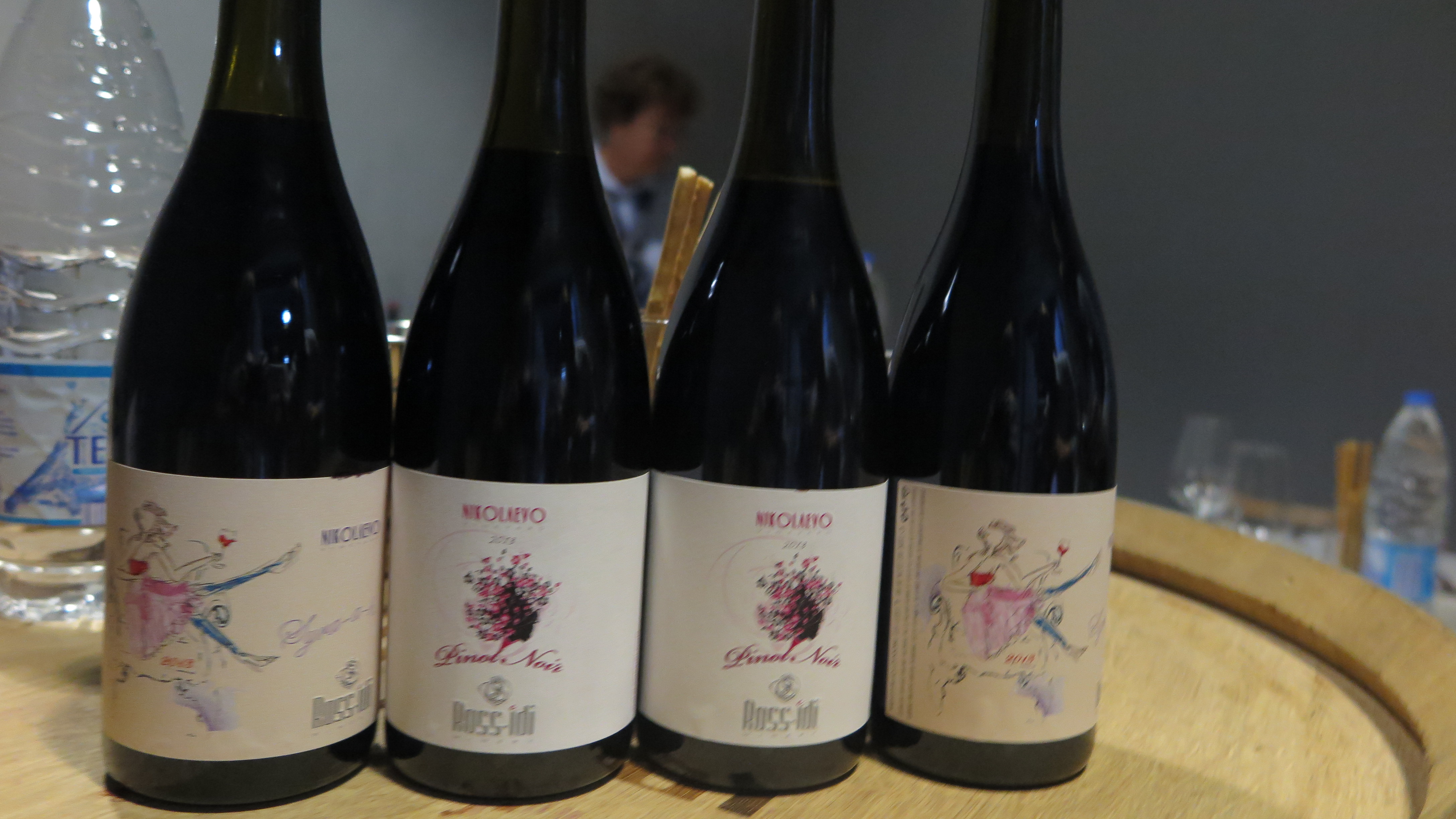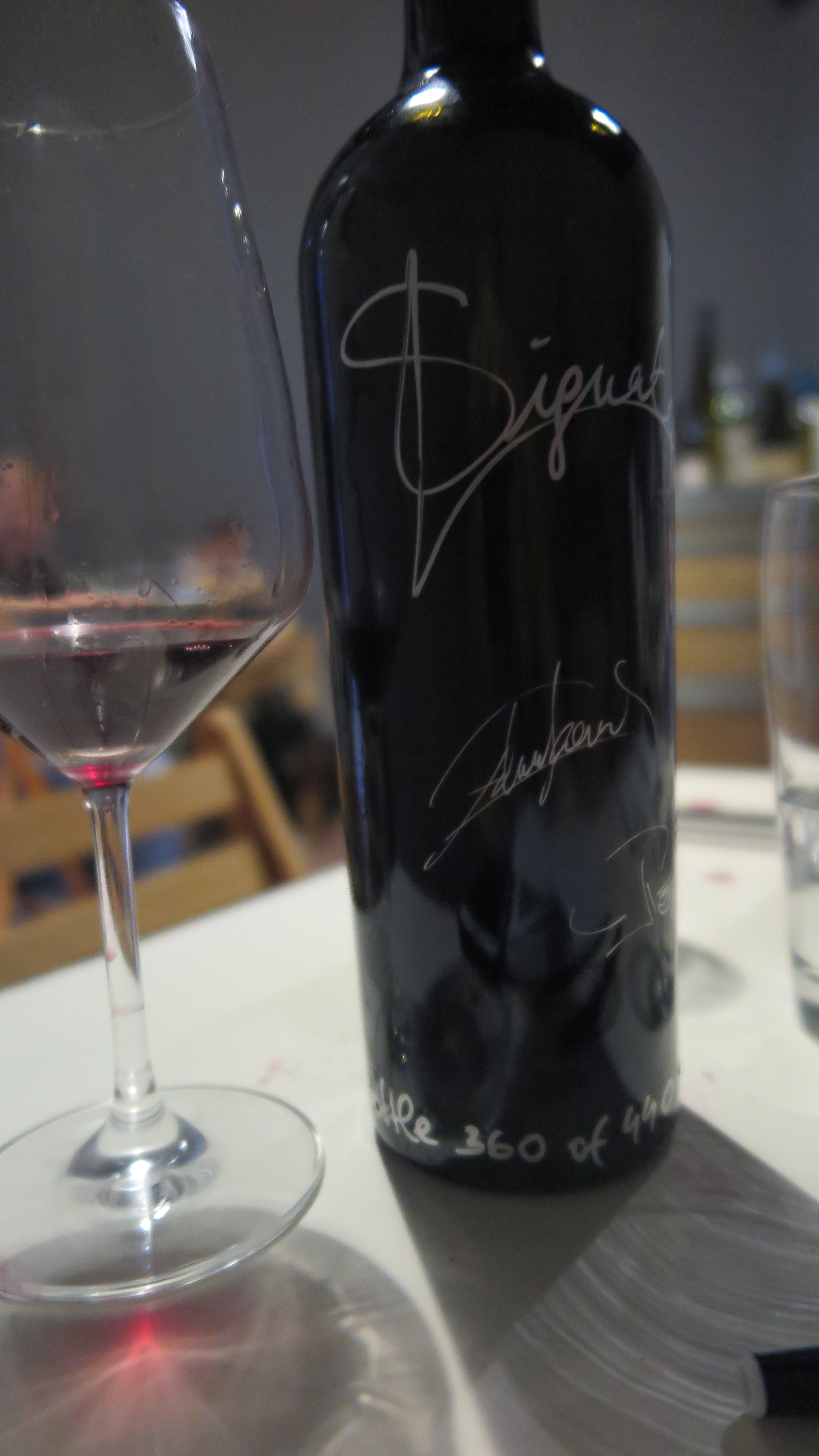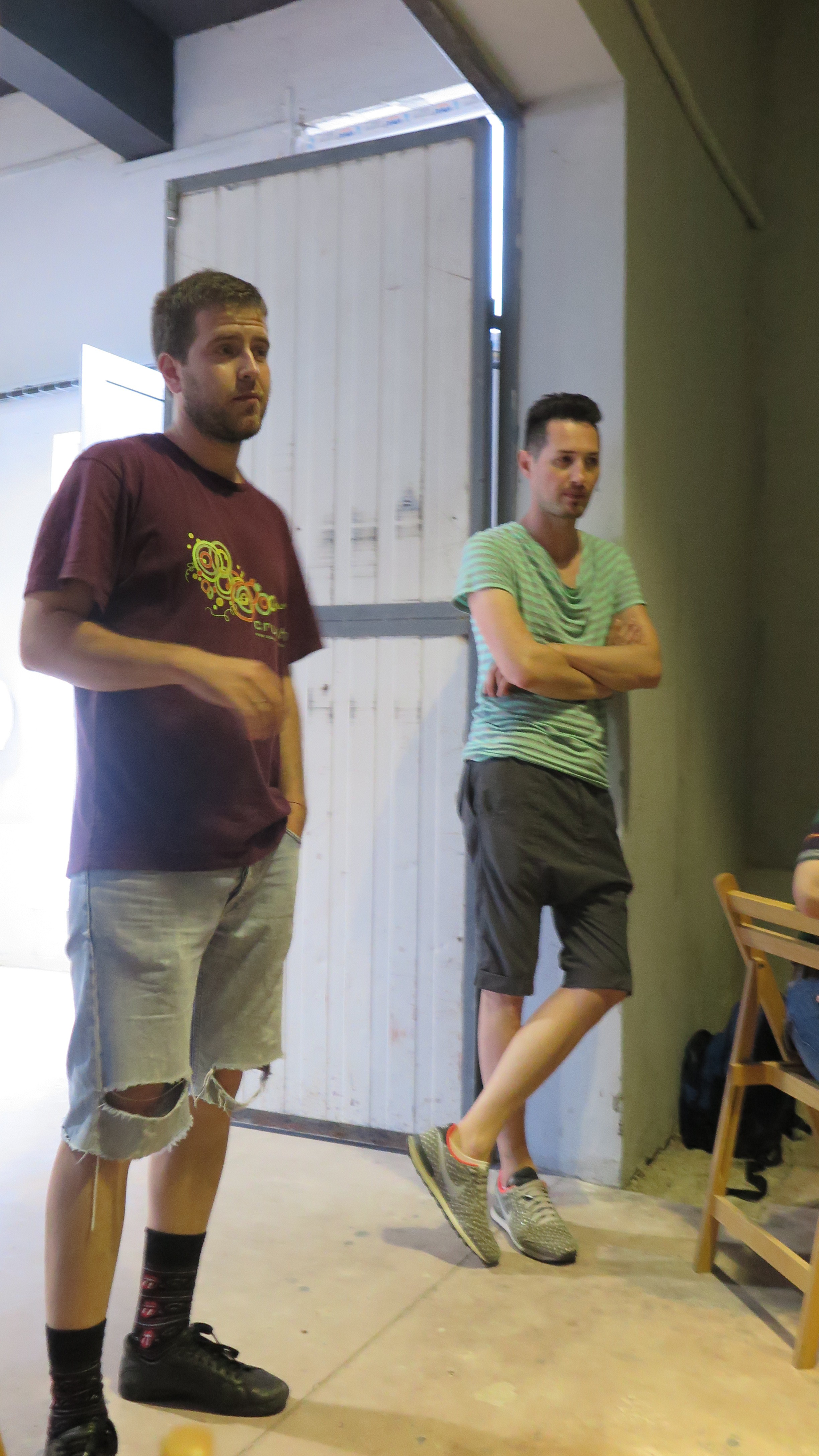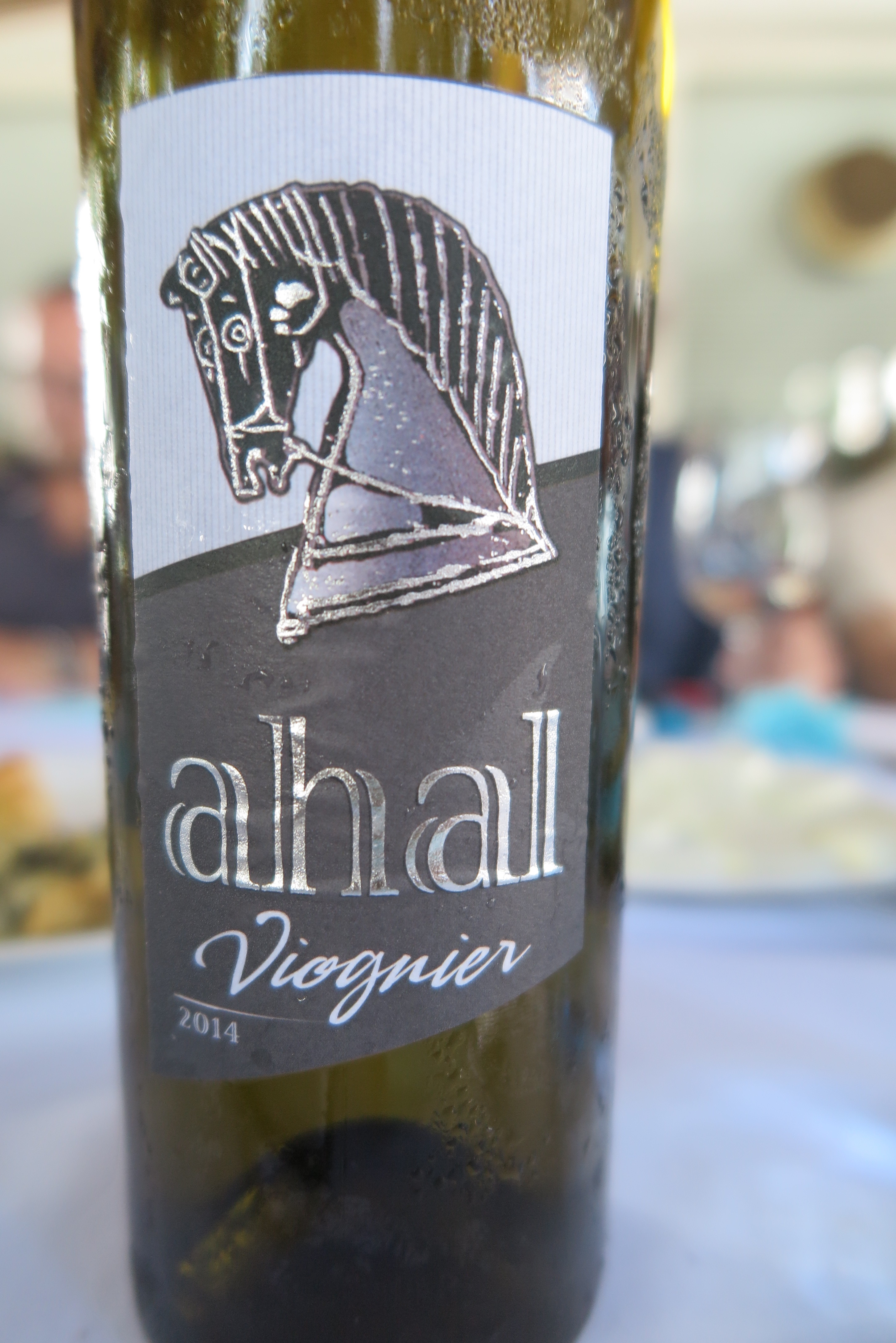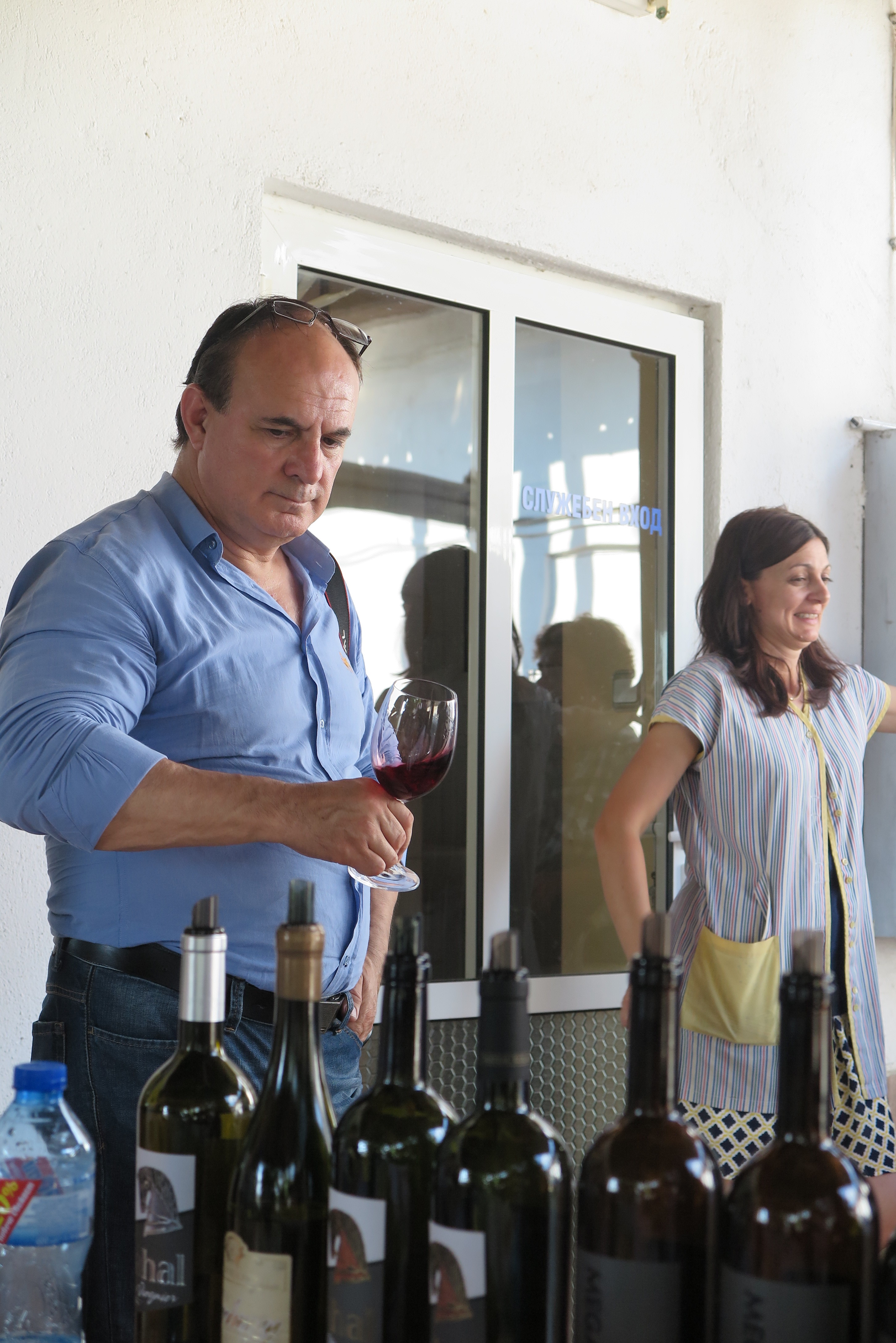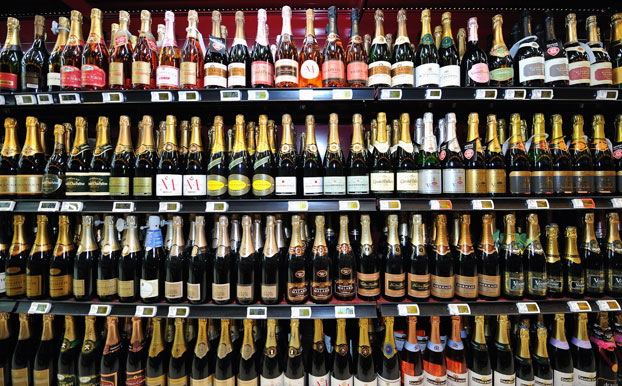 Champagne sales reached a record high in 2015. Sales were driven by a strong demand from export markets, favorable exchange rates and sales in France.
Champagne sales reached a record high in 2015. Sales were driven by a strong demand from export markets, favorable exchange rates and sales in France.
According to estimates from news service Reuters, 312 million bottles were sold last year, up 2-3% on 2014, while value sales were up 4.4% to €4.7 billion.
A flurry of prestige cuvée releases such as Dom Pérignon 2006 helped drive sales last year, along with a growing demand for rosé Champagne in Japan and the US.
A return to pre-recession decadence boosted Champagne sales in the UK, while Spain and Italy both showed a slight growth. Champagne sales are also creeping up at hypermarkets and specialist stores in its homeland after years of being on the slide.
“France is on a recovery path. Consumers need to enjoy life,” Bruno Paillard, CEO of Lanson BCC, told Reuters.
Official figures for 2015 will be published February 2016 by the CIVC.





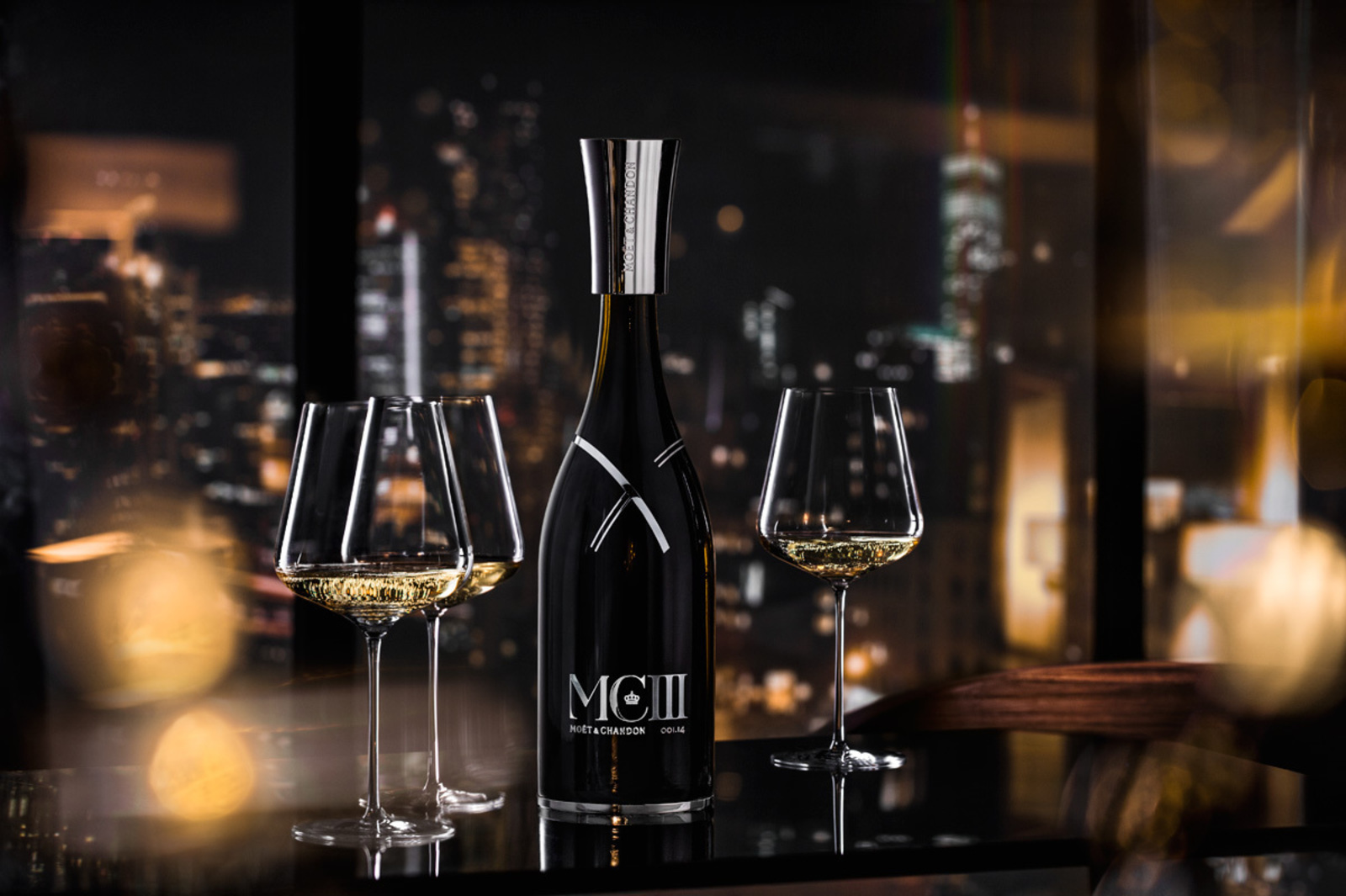

 Edward Kourian, owner of Rossidi Winery has been travelling with us throughout this journey and I was really looking forward to visiting his facility and tasting his wines. We drove into a gated industrial facility and parked. We have arrived at Rossidi Winery. So unique – just like the owner and his wines!
Edward Kourian, owner of Rossidi Winery has been travelling with us throughout this journey and I was really looking forward to visiting his facility and tasting his wines. We drove into a gated industrial facility and parked. We have arrived at Rossidi Winery. So unique – just like the owner and his wines!
